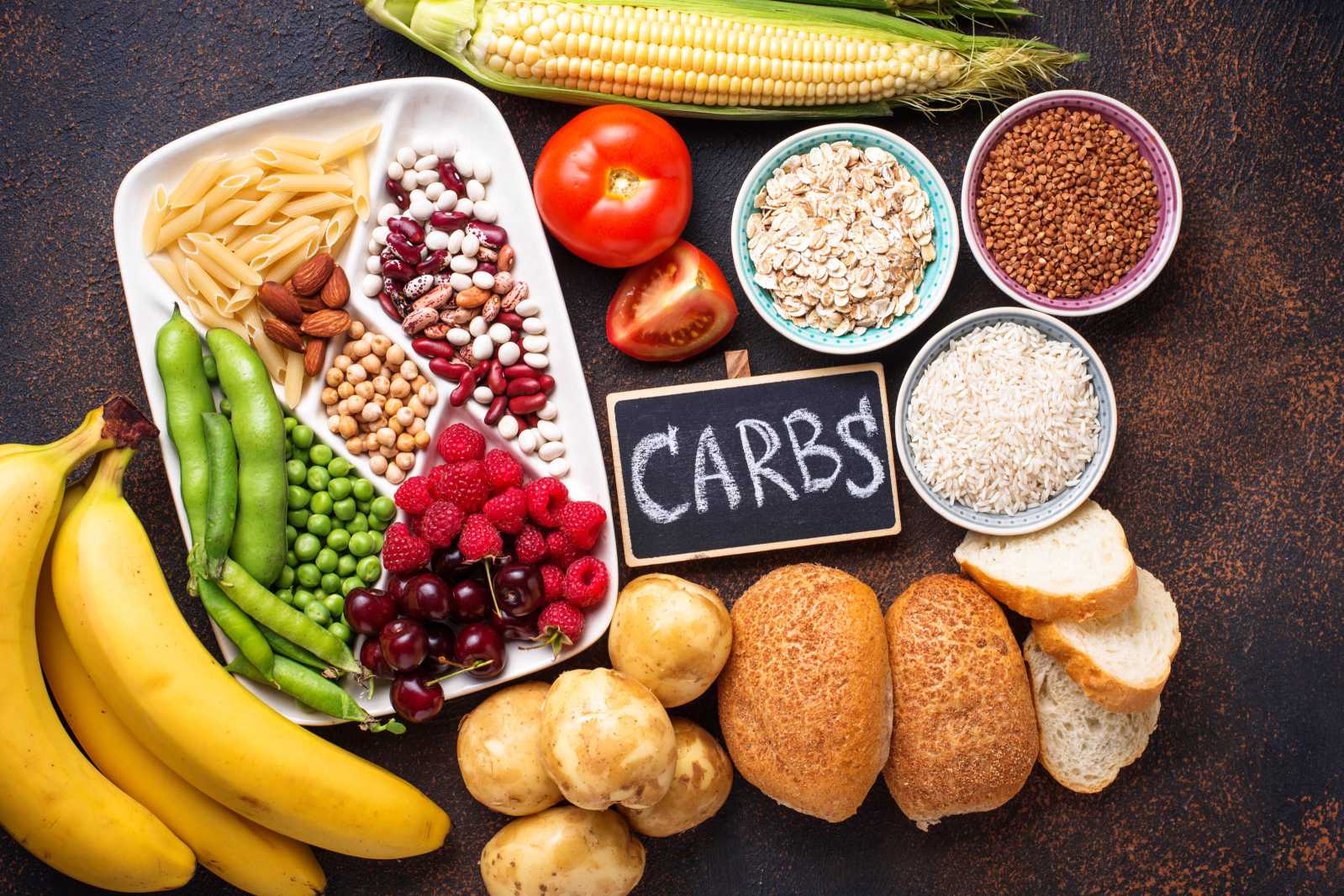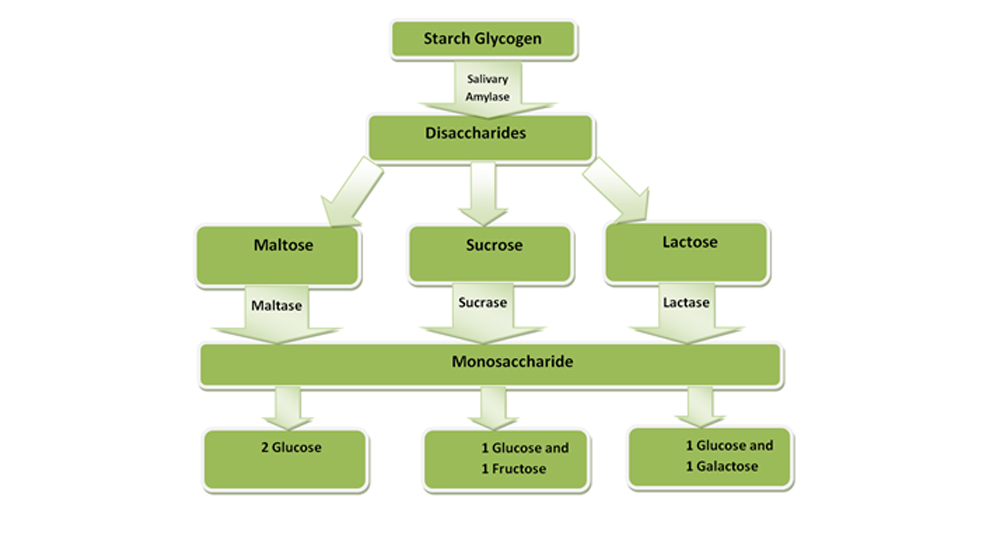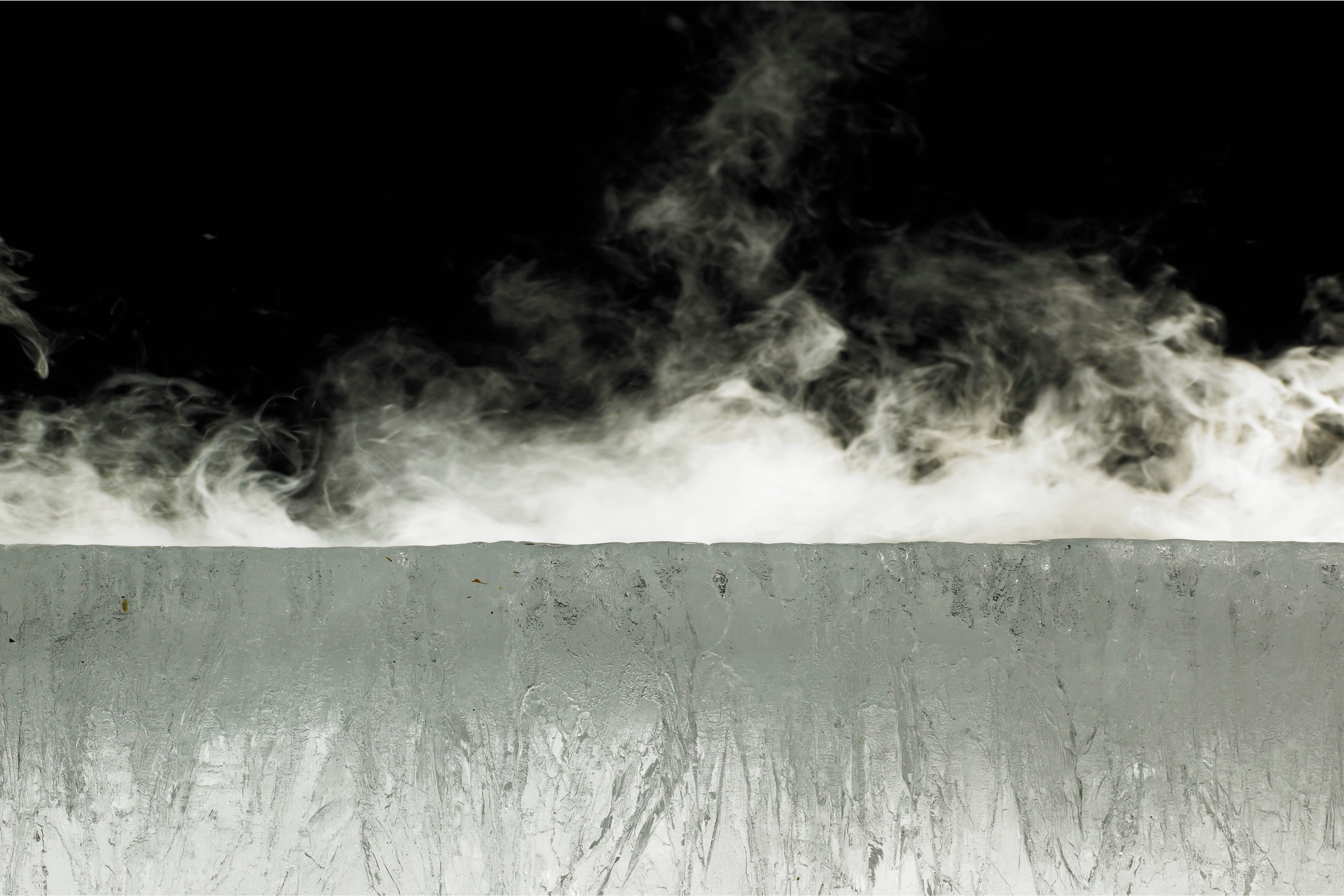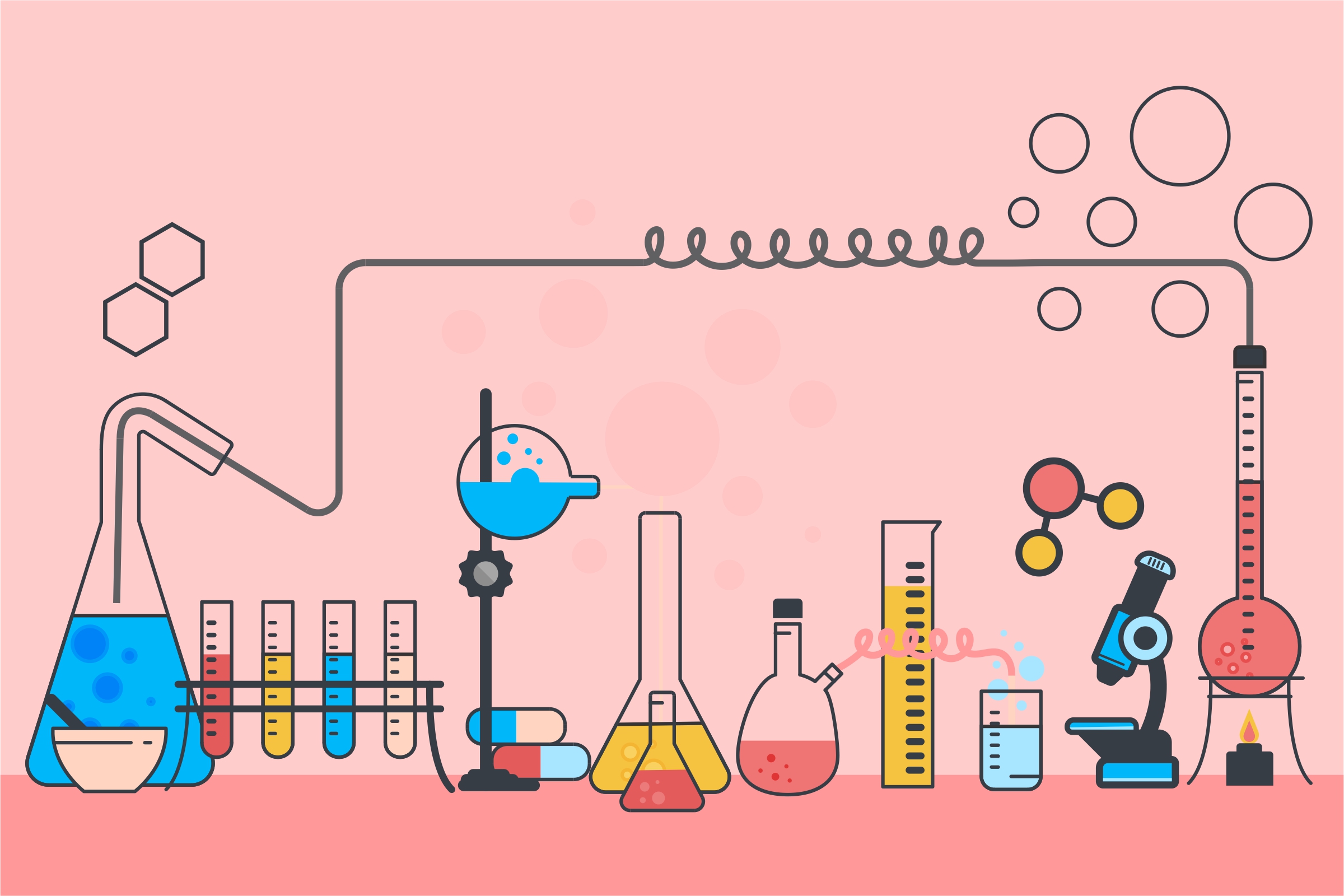Enrich your knowledge with our informative blogs
Describe how carbohydrates are broken down?

Carbohydrates are one of the essential nutrients to be maintained in the human diet. We often hear about low carbohydrates and high-carbs. The carbohydrates are digested in the stomach, small intestine, and mouth.
Types of Carbohydrates
The two major types of carbohydrates in food include Simple and complex.
Simple Carbohydrates are known as simple sugar. Sugar is generally broken down into the gastrointestinal tract by the small intestine. There are three types of enzymes present in the mouth, namely Maltase, Sucrase, and Lactase.
Complex carbohydrates are also known as starches. This includes grain products like pasta, rice bread. While talking about the starch, it is broken down through amylase enzymes that are present in the stomach and mouth. Carbohydrates are then absorbed in the small intestine after digestion through minute finger-shaped projections called Villi. However, the carbohydrates chemical digestion starts in the mouth.
However, both complex and simple carbohydrates generally break down into glucose. The only thing to emphasize here is that a simple carbohydrate comprises one or two sugar molecules, whereas a complex one includes three or more sugar molecules.
Several good sources of complex carbohydrates include:
- Legumes
- Whole grains
- Beans
- Peas
- Lentils
- Potatoes
How does our body use carbohydrates?
Whenever individual eats the carbohydrates, the human body breaks them down into the simple sugar that is then absorbed into the bloodstream. Since the sugar level increases in the body, the pancreas releases a hormone known as insulin.
Insulin is essential to move sugar from the bloodstream to the cells, where the same sugar can be utilized as an energy source. And when this process functions fast, you are more likely to get hungry soon. But when it processes slowly, you won’t crave too fast as you did during the fast processing. So, the complex carbohydrates provide energy for a longer time.
The carbohydrates present in several foods make the blood sugar increase more quickly as compared to others.
How are carbohydrates digested?
Every food item you eat generally goes through the digestive system so that it can be further broken down and used by the body. Carbohydrates typically take a long journey starting with the mouth intake and ending with elimination from the colon. However, the process doesn’t end here as a lot more happens between the entry and exit points
Here is how it proceeds
- The mouth
An individual generally starts to digest the carbohydrates when food hits the mouth and the saliva secreted from the salivary glands moistens the food as it is consumed and chewed.
The enzyme released by saliva is known as amylase, which initiates the sugar’s breakdown process in the carbohydrates you consume.
- The Stomach
You generally swallow the food chewed into smaller pieces. The carbohydrates travel typically through the esophagus to the stomach. Here the food is referred to as chyme, and your stomach plays an essential role in killing the bacteria in the chyme.
- The Small intestine, liver, and pancreas
The chime first goes into the small intestine that causes the bacteria to release pancreatic amylase. This enzyme then breaks down this chyme into maltose and dextrin.
From here, the small intestine wall begins to produce sucrose, lactase, and maltase. Then these enzymes further break down the sugars into monosaccharides, and these sugars are finally absorbed.
Once the absorption is done, they are processed by the liver and stored as glycogen, and the other glucose is moved in the body by the bloodstream. The hormone insulin is then released from the pancreas and allows glucose to be utilized as energy.
- The Colon
Everything left over these digestive processes generally goes to the colon and is broken down by intestinal bacteria.

Visualize the in-depth understanding of the natural world!
Biology would sound more interesting when your curiosity levels are satisfied with better visuals & logical explanations.
Categories
Recent Posts
- List of the qualities you should look for in your tutors?
- What is the most useful formulas in math?
- Describe the process of eating to defecation of food?
- Difference between the natural and artificial active response by the immunology system.
- Explain the different circle theorems
- How are nerve cells adapted to their function?











